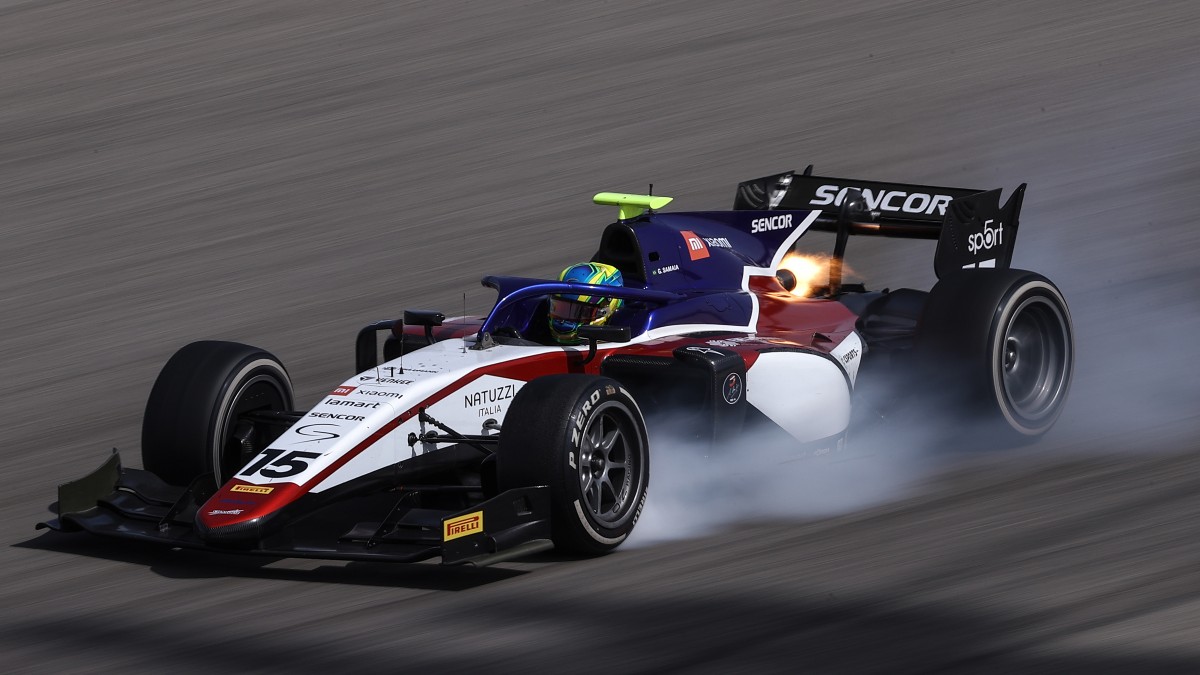Ground Breakers: Nickel pulls back on Tsingshan news and markets struggle to fire

Pic: Getty
Nickel has been one of the hottest commodities in 2022, seeing its price rise 14.5% to over US$24,000/t for the first time in a decade last week.
But new Tsingshan has set the first stocks of nickel matte to sea from Indonesia to China destined for conversion into battery grade nickel saw prices walloped overnight, down 6.8% to US$22,677/t.
The fear is Tsingshan could flood the market for battery nickel the same way Chinese miners in Indonesia did, by ramping up ferronickel (nickel pig iron) exports for stainless steel to end the last nickel boom.
This could take market share away from nickel sulphide producers in the western world who have had the battery nickel market largely to themselves as it has grown from insignificance to a 12% share of nickel demand in just a few years.
Nickel could face substitution due to its higher prices, as Chinese carmakers increasingly shift to production of cheaper but lower range lithium-iron-phosphate batteries.
But nickel will remain in demand due to the need for NCM (nickel, cobalt, manganese) batteries with higher energy densities to support longer range EVs. Generally, the more nickel the greater the energy density.
Given most nickel is found in laterite ores, which are more abundant but very expensive to process, any new technology that can produce nickel matte or hydroxide for batteries will alleviate a major supply shortage expected over the next decade.
“Nickel laterite ores, which are usually converted to ferronickel, already have a pathway to class 1 nickel supply via High Pressure Acid Leaching (HPAL). Historically some of these HPAL projects have resulted in very high capital costs and significant delays,” Commbank’s Vivek Dhar said.
“Investment in HPAL though is increasing, notably in Indonesia, with hope that costs can come in at the lower-end at a commercial scale.”
“Processing sulphide ore is generally a lower cost pathway to produce class 1 nickel. However, it is widely expected that sulphide ores will likely struggle to meet the demand of the battery sector alone.”
“The nickel industry has therefore looked at finding a reliable, low emission and low cost pathway to produce battery grade nickel from laterite ores.”
Margins for processors have dried up as raw material costs have outstripped prices for downstream products like nickel sulphate.
With stocks still low, ING senior commodities strategist Wenyu Yao said the addition of feedstock from Tsingshan could ease bids on LME briquettes and exchange outflows, which have seen stocks hit low levels of under 100,000t.
But there remain questions about how quickly it can increase supply and the economics of NPI to matte conversion.
“The first batch is said to be around 500t, but it remains to be seen how quickly it can increase supply,” she said.
“It’s worth noting that the first matte product delivery that came amid the spread between matte and NPI has not hit the theocratical incentivising levels based on estimated costs.
“In other words, it doesn’t make sense to produce matte via the NPI-to-matte conversion route based on the spot prices.
“In the short term, these dynamics may take some winds out of nickel’s sails. However, as exchange inventories continue to draw down, investors may remain wary of short nickels, though some may take profits for now.”
Nickel companies were almost uniformly smashed along with the rest of the mining stocks on the ASX, with materials sliding nearly 3%.
Iron ore and other base metals also suffered big single day drops.
The first performer was West African Resources (ASX:WAF), the gold miner which has been a solid performer since opening its 280,000ozpa Sanbrado mine in Burkina Faso at the start of the pandemic saw 17% wiped off its share price after a military coup in the West African nation overnight.
It said in a statement to the ASX there was no impact to its operations at this point.
Burkina Faso is Africa’s fourth largest gold producing nation.
WAF share price today:
Forrest shaves down Poseidon stake
Andrew Forrest has shown a proclivity for nickel recently, with his Wyloo Metals taking stakes in Western Areas (ASX:WSA) and Mincor (ASX:MCR) and outbidding BHP (ASX:BHP) for the $600 million takeover of Noront Resources in Canada.
But he has said goodbye to his long held major shareholder stake in Poseidon Nickel (ASX:POS), some 15 years after the company emerged from its previous guise as Niagara Mining with Forrest as its main backer and chair in 2007.
Back then its plans were to revive the Windarra mine discovered by the original Poseidon Nickel of Poseidon Bubble fame in the late 1960s.
Currently the $320 million company’s aim is to revive the Black Swan nickel mine and processing plant by March 2023 to capture the oncoming boom in battery demand for the metal.
A substantial shareholder notice filed to the ASX today showed Forrest’s Tattarang sold down its stake in the company to under 5% after selling $17,690,018 worth of stock between January 13 and 20.
Tattarang and Forrest had previously reduced the holding from 12.17% to an even 10% between September and early January by selling 59,866,343 of shares worth $6,281,793.
It will leave US private equity backed Black Mountain Metals, the owner of the Lanfranchi nickel mine in Kambalda, as the largest shareholder on Poseidon’s register.
Poseidon Nickel share price today:
UNLOCK INSIGHTS
Discover the untold stories of emerging ASX stocks.
Daily news and expert analysis, it's free to subscribe.
By proceeding, you confirm you understand that we handle personal information in accordance with our Privacy Policy.








